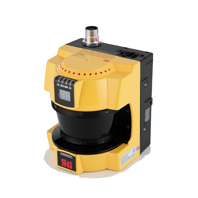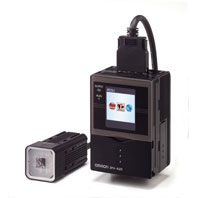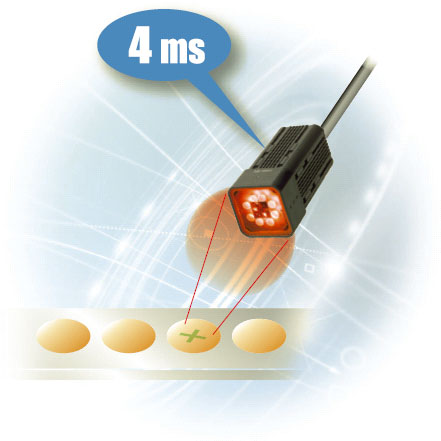In this blog, I will annotate the papers and presentations I have been reading on this subject.
Papers
————————————————————————————–
Don’t Sweat Your Privacy – Using Humidity to Detect Human Presence – July 2007, Carnegie Mellon University
http://sparrow.ece.cmu.edu/group/pub/han_jain_luk_perrig_privacy.pdf
– This paper talks about disclosing private information such as human presence by pervasive sensors that detect humidity, temperature and light. It is an experimental system that uses TinyOS motes and has performance information on detection rates, based on humidity measurements. They are able to infer what the subject is engaged in, such as talking, drinking hot beverages and breathing patterns by measuring humidity.
————————————————————————————–
Human Presence Detection By Smart Devices – UCE Group – Technical University of Endhoven
http://www.cvc.uab.es/~bogdan/Publications/raducanu_eis2004.pdf
In this paper the use of computer vision based approach to detect the distance and orientation of target is discussed. It uses low cost camera and infrared technology. They use 3D perspective geometry computational techniques to solve the dynamic environment with continuously changing illumination conditions. One potential application of this could be in smart displays that can make use of the presence detection. They briefly touch upon the use of ultrasound and use of badges to create an ‘aware environment’.
————————————————————————————–
Presence detection and person identification in Smart Homes – Univeristy of Bundeswehr Munich and University Passau
http://smarthome.unibw-muenchen.de/upload/publications/Iva02.pdf
In this short paper use of multiple sensors in a Smart Home to detect and identify person is discussed. A nice comparison of various detection sensors are presented. Person identification is done via ID badges. They have built a system using image recognition, vibration shock sensors (via the vibro-acoustical waves propagating through the floor surface) and infrared cameras.
————————————————————————————–
Presence versus Availability: The Design and Evaluation of a Context-Aware Communication Client – Carnegie Mellon University
http://www.cs.washington.edu/homes/jfogarty/publications/ijhcs2004.pdf
In this paper, MyVine, a client that integrate phone, instant messaging, and e-mail with automatically sensed information about the context and availability of the colleagues is discussed. It employees speech detection (built-in microphone on the laptop), location information, computer activity, and calendar information to model a person’s availability.
————————————————————————————–
Sensor Evaluation for Human Presence Detection – University of Minnesota
http://www.cdc.gov/nasd/docs/d001501-d001600/d001503/d001503.pdf
In this project they are trying to setup a system to detect the presence of a person near a dangerous machine environment. This work is sort of outdated (1998) and not very relevant to the Presence detection and more importantly identification.
————————————————————————————–
Human presence detection using millimeter-wave radiometry – Univ of Texas at Austin – Doctoral Thesis 2008
https://repositories.lib.utexas.edu/bitstream/handle/2152/3961/nanzerj49279.pdf?sequence=2
note: this is a large file
This thesis report has state of the art information; while it is specific to detect a stationary person in an outdoor environment from a moving platform, it does explore some interesting possibilities for presence detection. The fact that all objects (that have some physical temperature) radiates certain frequencies is exploited.
————————————————————————————–
Slide Presentations
————————————————————————————–
Application of Control Concepts to the Smart Home of the Future
http://personal.tcu.edu/~lburnell/crescent/NSFEngineeringResearch2004.ppt
In this set of slides from TCU application of NSF grant, a good collection of sensors for Smart Home of the Future is discussed. A simple control process is suggested for sensor information leading to identification.





